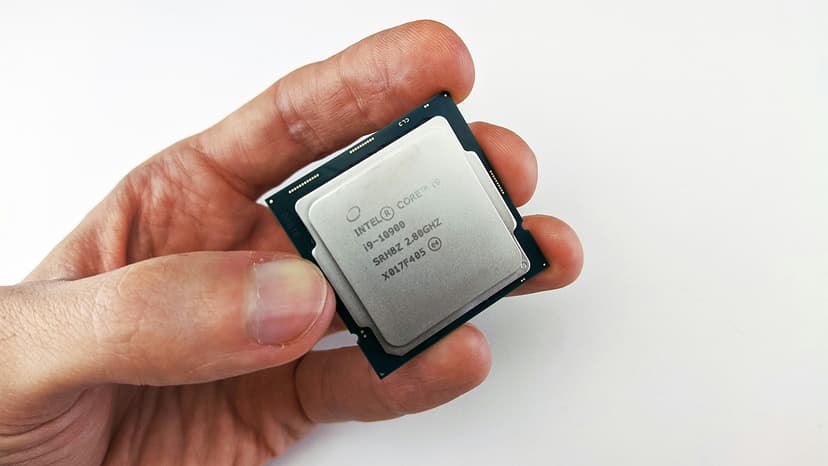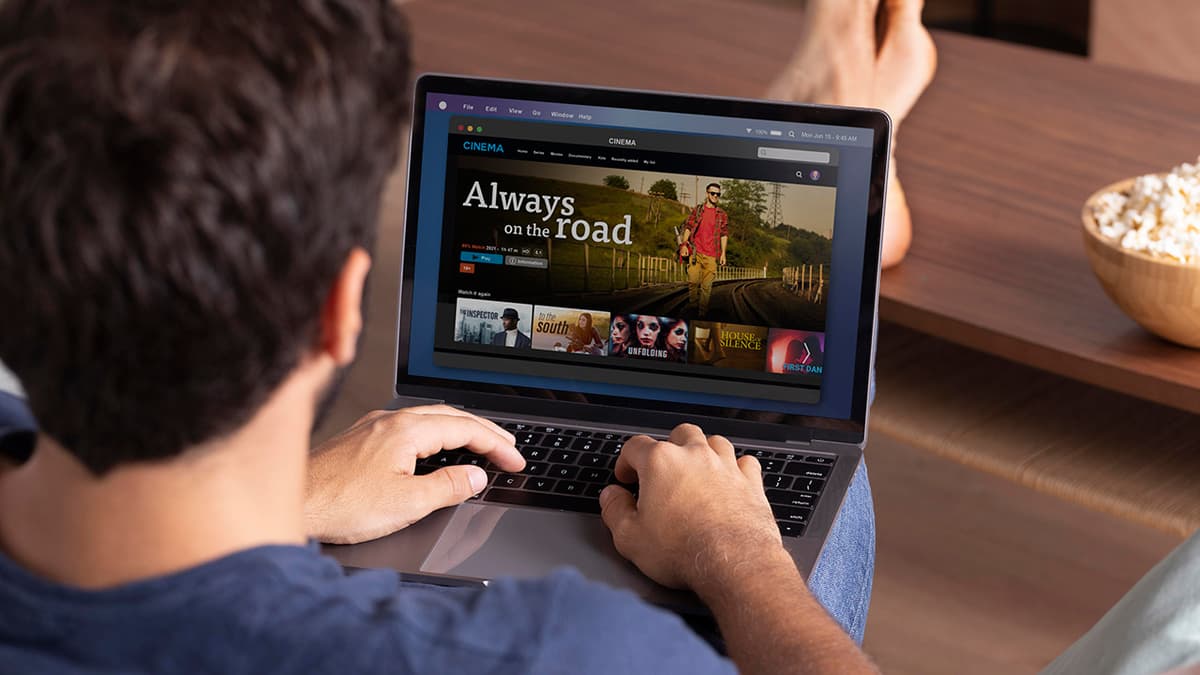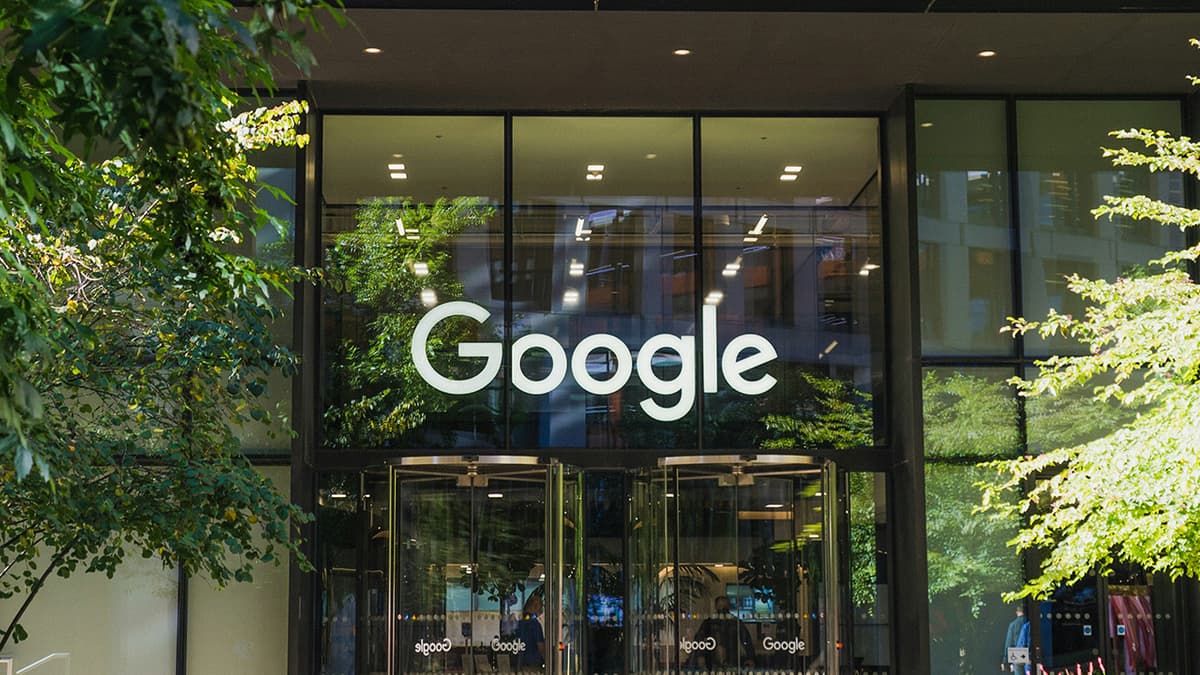How to Do Experiential Marketing
Experiential marketing has been a game changer in the world of advertising and brand engagement. It’s all about creating memorable experiences that actively involve the audience. Think about the last time you attended a live concert, a festival, or even a branded pop-up shop. These events are all examples of experiential marketing. How do you create a successful experiential marketing campaign? Let’s break it down step by step.
Understand Your Audience
Before you start planning, the first thing to do is understand your audience deeply. Know their preferences, what they are passionate about, and what drives them. This involves conducting market research, analyzing social media interactions, and perhaps even casual interactions. Engaging with your audience on platforms like Instagram or Twitter can give you insights into what they love.
Set Clear Goals
Like any other marketing strategy, you need to have clear goals. What do you aim to achieve with your experiential marketing campaign? Are you looking to increase brand awareness, improve customer loyalty, or launch a new product? Having clear goals will guide your planning and execution process.
Create a Unique Concept
Once you understand your audience and have clear goals, the next step is to come up with a unique concept. The best experiential marketing campaigns are those that are unique and unforgettable. This could be an immersive virtual reality experience, a pop-up event in a major city, or even a flash mob.
Examples
Take IKEA for instance. They once created the "IKEA Big Sleepover" where customers were invited to sleep in a London store. IKEA provided a full night of entertainment along with relaxation activities.
Another example is the "Share a Coke" campaign by Coca-Cola. The campaign involved personalized Coke bottles, and it created a massive buzz. People weren't just buying branded bottles; they were buying an experience.
Choose the Right Location
The location of your experiential marketing event can make or break its success. Ideally, the location should be easily accessible and have high foot traffic. This could be a bustling city square, a popular mall, a busy beach, or even a virtual space. Virtual events have gained significant popularity, offering flexibility and the ability to reach a global audience.
Engage All Senses
Engaging multiple senses can create a more memorable and impactful experience. Think about ways you can stimulate sight, sound, touch, taste, and smell. For example, if you’re launching a new line of perfumes, you could create a scented bubble experience. If you're presenting a food product, offering bite-sized samples can go a long way.
Use Technology
Technology can enhance your experiential marketing campaign significantly. Augmented reality (AR) and virtual reality (VR) are fantastic tools to create immersive experiences. Social media platforms can also be used to expand your reach and engage with a broader audience. Encouraging people to share their experiences online using a specific hashtag or geotag can amplify your campaign’s impact.
Measure Your Success
It’s important to measure the success of your experiential marketing campaign to know if you’ve met your goals. There are various ways to measure success, such as monitoring social media engagement, gathering customer feedback, and tracking sales data. Use tools like Google Analytics, social media insights, and customer surveys to gather data and make sense of it.
Follow Up
After your event, it’s crucial to follow up with your participants. Send them a thank-you email, ask for their feedback, and engage with them on social media. Keeping the conversation going can turn a single event into a long-term relationship.
Real-World Tips
-
Collaborate with Influencers: Partnering with influencers can significantly amplify your campaign’s reach.
-
Eye-catching Design: Make sure your campaign has a strong visual component that catches people’s attention.
-
Trial and Error: Not every idea will be a hit, and that's okay. Sometimes you have to experiment to find what works best.
-
Authentic Engagement: Authentic engagement is key. Make sure your event genuinely reflects your brand values and resonates with your audience.
Experiential marketing offers endless opportunities to create a lasting impact on your audience. From understanding your audience and setting clear goals to creating unique concepts and engaging multiple senses, each step is vital for success. The ultimate goal is to create an unforgettable experience that not only promotes your brand but also builds lasting relationships with your audience.












